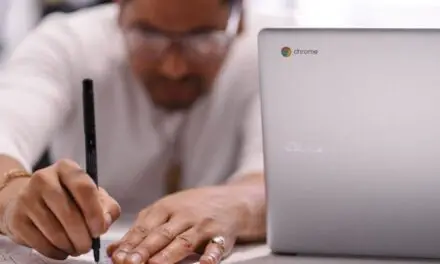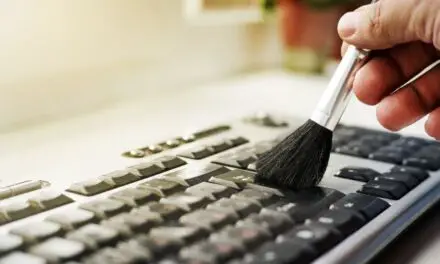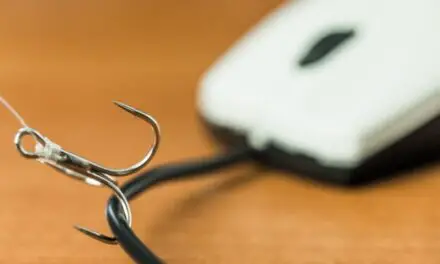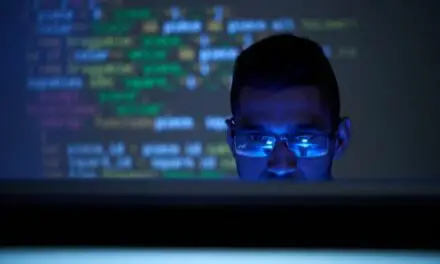When you connect your laptop to a power outlet it essentially has two power sources.
It can draw power from the battery or it can draw power directly from the socket.
It certainly wouldn’t make sense for a laptop’s battery to drain while the laptop was plugged in.
So how does the control system in a laptop manage these two power sources?
Do Laptops Use Battery While Plugged In?
Laptops do use battery power while they are plugged in but only once the battery has been fully charged to 100%. They then use a little power from the battery to prevent overcharging.
Once the battery has used a little of its charge and is no longer at 100%, it will charge back up to 100% and the process will repeat.
When the charger is connected, the laptop will use electricity from the AC adaptor to power itself and it will use any remaining power to charge the battery, but once an internal circuit detects that the battery has been fully charged, the system will begin using power from the battery to power the laptop – even if it is plugged in.
Related Article: Do Touchscreen Laptops Use More Battery? (What You Need To Know)
Once the battery level and the voltage drop to a certain amount, the system will once again detect this, stop powering the laptop with the battery and begin charging from the mains until it is full once again.
Battery terminals usually behave like one-way streets.
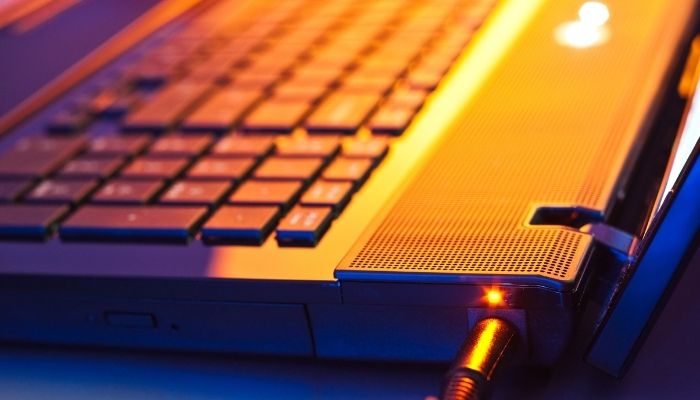
At any given time, they only allow power to go in (charging), or to go out (powering the laptop).
They cannot do both at the same time, so if your laptop battery is charging it cannot be used to power the laptop and if it is being used to power the laptop it cannot be charging at the same time.
As long as your laptop is modern and well designed, it will not charge the battery continuously past 100% or allow it to become damaged due to overcharging while plugged in.
However, if you would like your battery to have a longer life, it’s best not to continually charge it when it is almost full and in the 80% to 100% range.
Lithium-ion batteries tend to have a longer life when they are charged within the range of 30% to 80%.
But even if you do leave your battery plugged in all of the time, the effects on it are not massive.
You could expect to lose about an hour’s battery life over the course of three or four years.
So if your laptop is new and you are getting 7 to 8 hours of battery life from it and you mostly plug it in for 3 years, you should still expect to get 6 to 7 hours of battery life from it.
No matter how careful you are about charging, Li-Ion and Li-Poly batteries will still incur cycles and degrade.
So a laptop will still use battery power when it is plugged in but it will only use it for a short time to stop the battery from overcharging.
